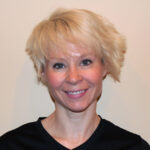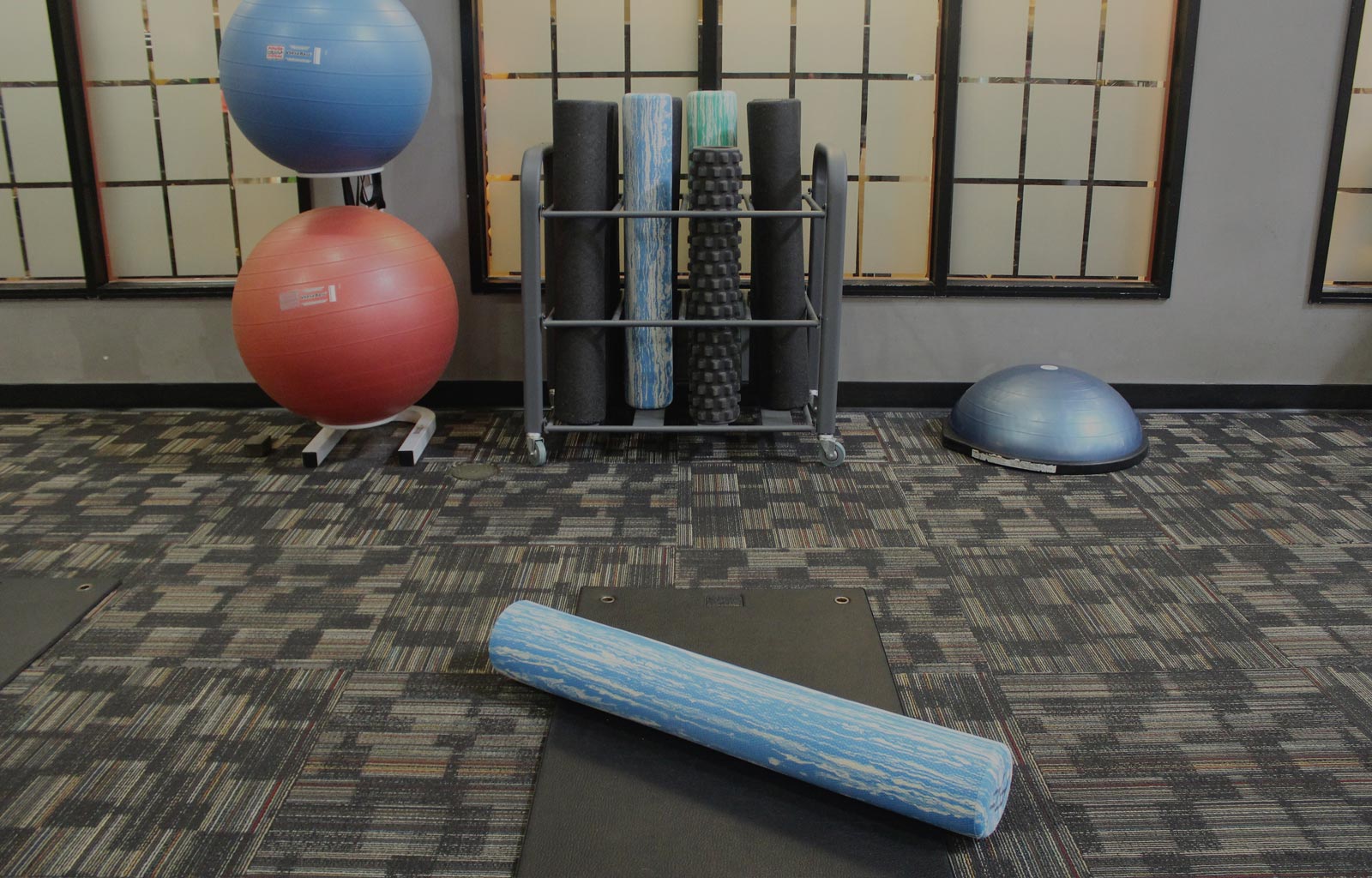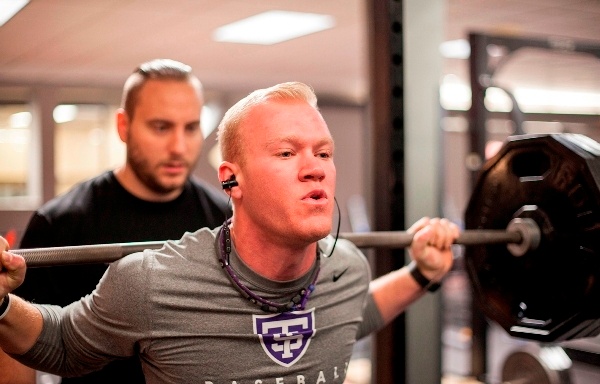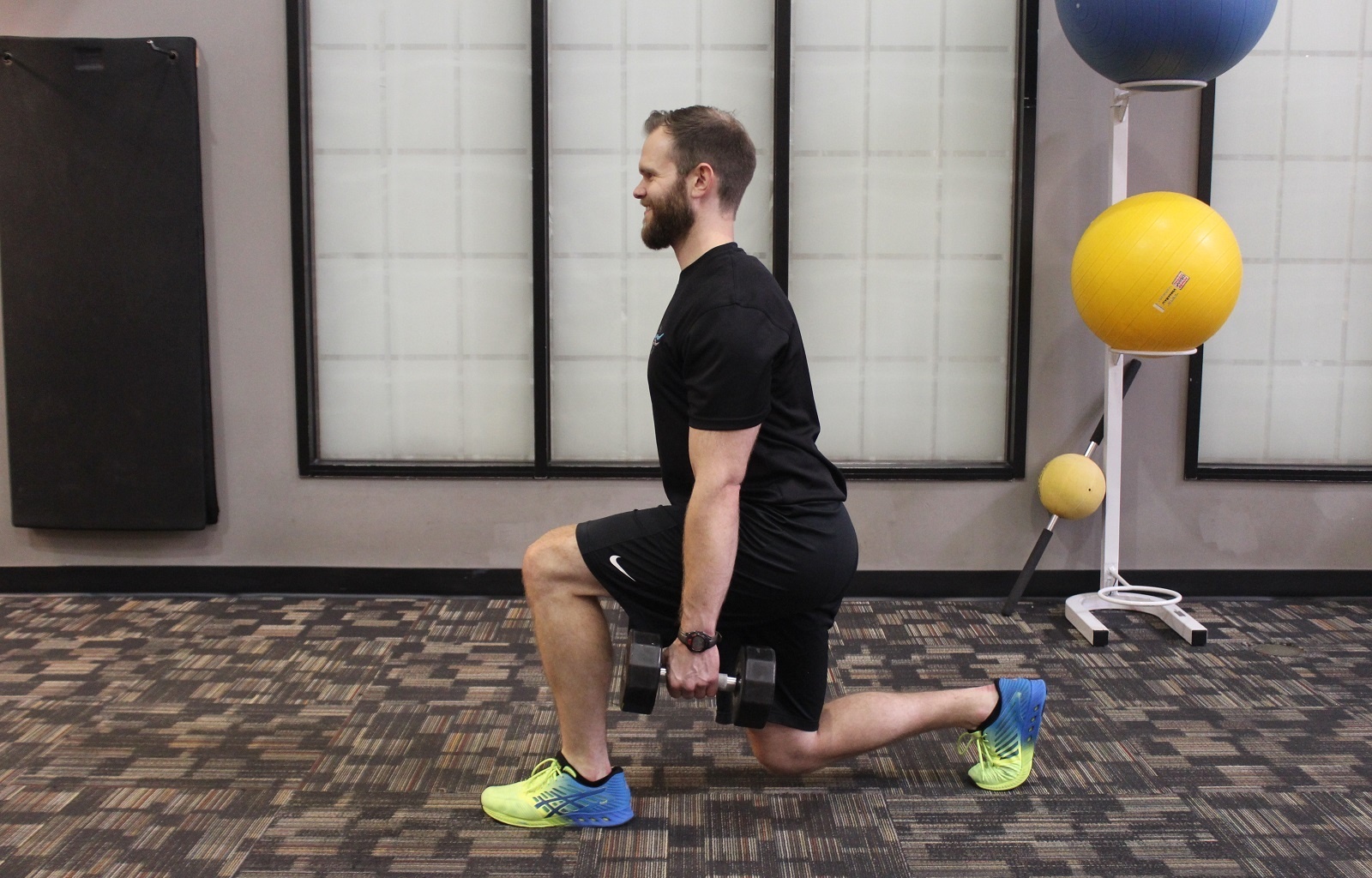If you’ve joined the Rochester Athletic Club, you more than likely have a goal to meet such as increased strength, losing weight, or completing a 5K. Often times the measure of progress is represented by miles run, pounds lost, or pounds lifted. Seeing the result of our efforts can be very encouraging, which can keep us on track to meeting our goals. However, often times progress can be slow, and even seem to come to a halt. Fortunately there is another important way to measure progress as we exercise: evaluating form and function. Evaluative form and function provides immediate feedback on how we complete movement and which parts of our body are engaged during the action.
Focusing on form and function has three benefits:
- Balance and proprioception will be improved. Maintaining awareness and recognition of where our limbs are in reference to our bodies is critical to not falling, one of the more common causes of injury in mature adults. We don’t just need strong bodies. We need balanced bodies.
- Joints that are in the correct alignment will last longer. Training slowly with accurate muscle activation prevents misalignment and reduces wear and tear of joints and bones.
- Coordination and posture will improve as we begin to engage the correct muscle groups in the proper order for lifting, moving and standing.
So, how do you train with focus on form and function?
- Be Observant. Use mirrors during lifting and watch for titled shoulders, elevated hip and favoritism toward one side. If using a treadmill or elliptical, pay attention to how your feet are striking the ground. Enlist a second set of eyes to correct your form. Having postural evaluation done by a Personal Trainer will help you avoid injury and understand where you have imbalance in the body.
- Be Educated. Learn about your body. Understand how it should function. Ask questions during training about how to lift, where to engage, which muscles are involved, etc. If you feel pain, don’t just push through, ask why and get the answer before you continue. It is your body and you should take the opportunity to learn all you can about it.
- Be Patient. As you begin to exercise, start slowly. Look for simple, day-to-day activities you can improve: walking up steps with toes pointed in correct direction, getting up from the floor without using your hands, standing still without favoring one leg, and feeling your toes when you walk. Don’t exercise to get it over with, taking care of your body means taking the right amount of time to do so.
We all want fast results, and when they do not show immediately, discouragement can set in. Focusing on learning to lift and exercise with correct form will help to develop an awareness of your body and give you valuable skills that you can measure quickly. Checking these concepts off each week can assist in maintaining motivation when longer term goals seem far from reach.




